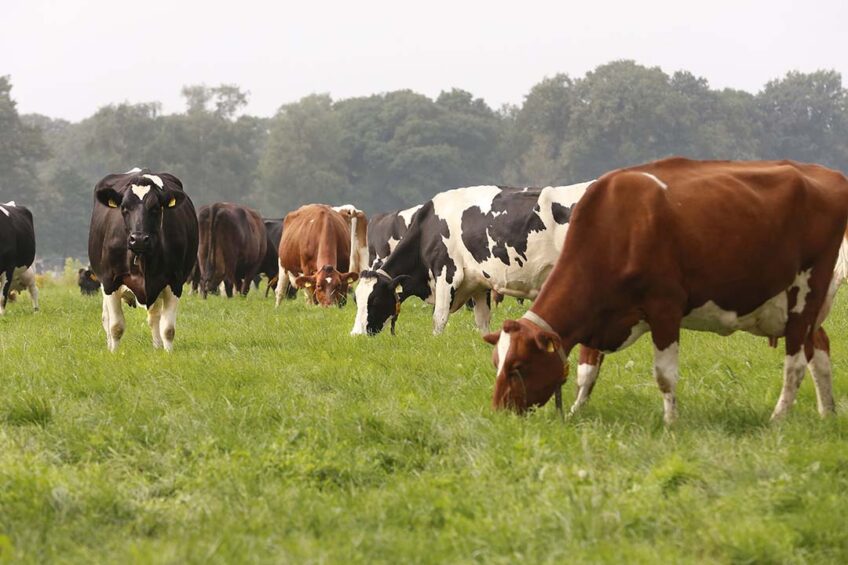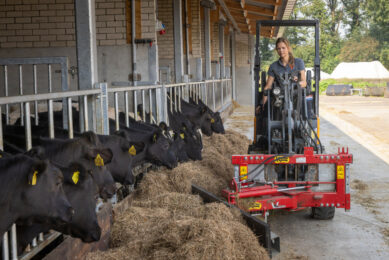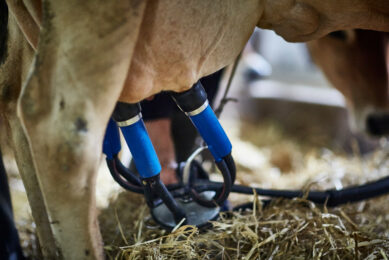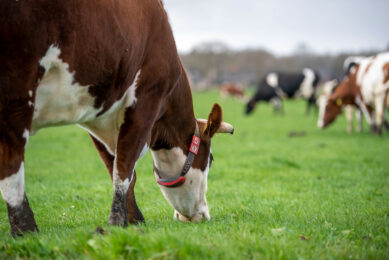Characteristics of top-performing dairy herds in England

Top quartile dairy farmers in England typically make £120,000 more than the bottom 50% of dairy farmers, according to a report by farm consultants The Anderson Centre.
First published in 2018, the updated report for the Agricultural and Horticultural Development Board (AHDB) considers the removal of subsidies in the farming sector and the introduction of “public money for public goods” as the UK’s new agricultural policy will be based on correcting market failure rather than the provision of public goods.
The studies, which also covered the beef, lamb, cereals and oilseeds sectors, expect the level of spending using this approach to be less lucrative than under the Common Agricultural Policy.
The study examined data from the Farm Business Survey, matching pairs of similar farms from the top 25% and bottom 50% of performers (measured as farm income divided by associated costs, i.e., return on turnover).
A wide variety of variables were tested. Among the key points were:
- Agricultural costs – the total spending between top and bottom-performing farms does not differ significantly, but what they buy is revealingly different. Top performers spend a slightly smaller proportion of their expenditure on overheads such as machinery, and more on variable costs such as fertiliser. General farm costs and machinery are higher for the matched bottom performers.
- Agricultural output – top-performing farms generate a higher output per hectare and per SLU than the lower performers.
- Contracting – after matching, top performers make more use of contractors.
- Farm area – top-performing farms are slightly larger and are increasing their agricultural area while bottom performers are shrinking theirs.
- Stocking rate – top performers tend to have significantly higher numbers of cows per hectare (2.2GLU/ha compared with 1.8GLU/ha).
- Mix of enterprise – top performers are more specialised with the percentage of farming output at just over 75% compared with 68% for the matched bottom performers.
- Milk price – top performers average 1.7ppl more than bottom performers, which is statistically significant.
- Agri-environment schemes – bottom performers have more agri-environmental income per hectare, but this is not statistically significant.
Top traits
The report said there were 6 top traits of high performing farmers, showing what sets them apart from the rest. The six are:
- Keeping a ruthless focus on costs – this was the strongest message of the report, with the authors saying farmers needed to continually remind themselves that milk is a commodity, meaning the price is set by the internationally traded market and margins are usually tight. Remaining profitable in this situation means removing costs when possible and retaining output at high levels. Case studies showed that top-producing farms managed costs while maintaining expenditure that was keeping cows healthy and productive, including staff improvement, grass management and genetic improvements.
- Stocking rate – more farming allows greater output. Getting the optimum stocking rate to maximise the milk from forage forces better use of land and also diverts from pumping more expensive concentrate feed into cows. Farmers need to concentrate on improving the productivity of the land and the quality of grass and forage produced.
- Concentrate on what you are good at – both the case study and the statistical research show how taking on a secondary enterprise such as beef rearing can distract management, steal resources from the dairy and be less profitable.
- Know what the market requires – keeping milk clean with good seasonality for your processor is important – it takes time but is worth it.
- Know what you want to achieve – speak with business partners and family and compile annual budgets to show where the year is planned to go. Think through contingencies by adopting a risk plan and quantify risk.
- Detail is critical – know your Key Performance Indicators (KPIs) for your farm and monitor them regularly.
Join 13,000+ subscribers
Subscribe to our newsletter to stay updated about all the need-to-know content in the dairy sector, two times a week.










